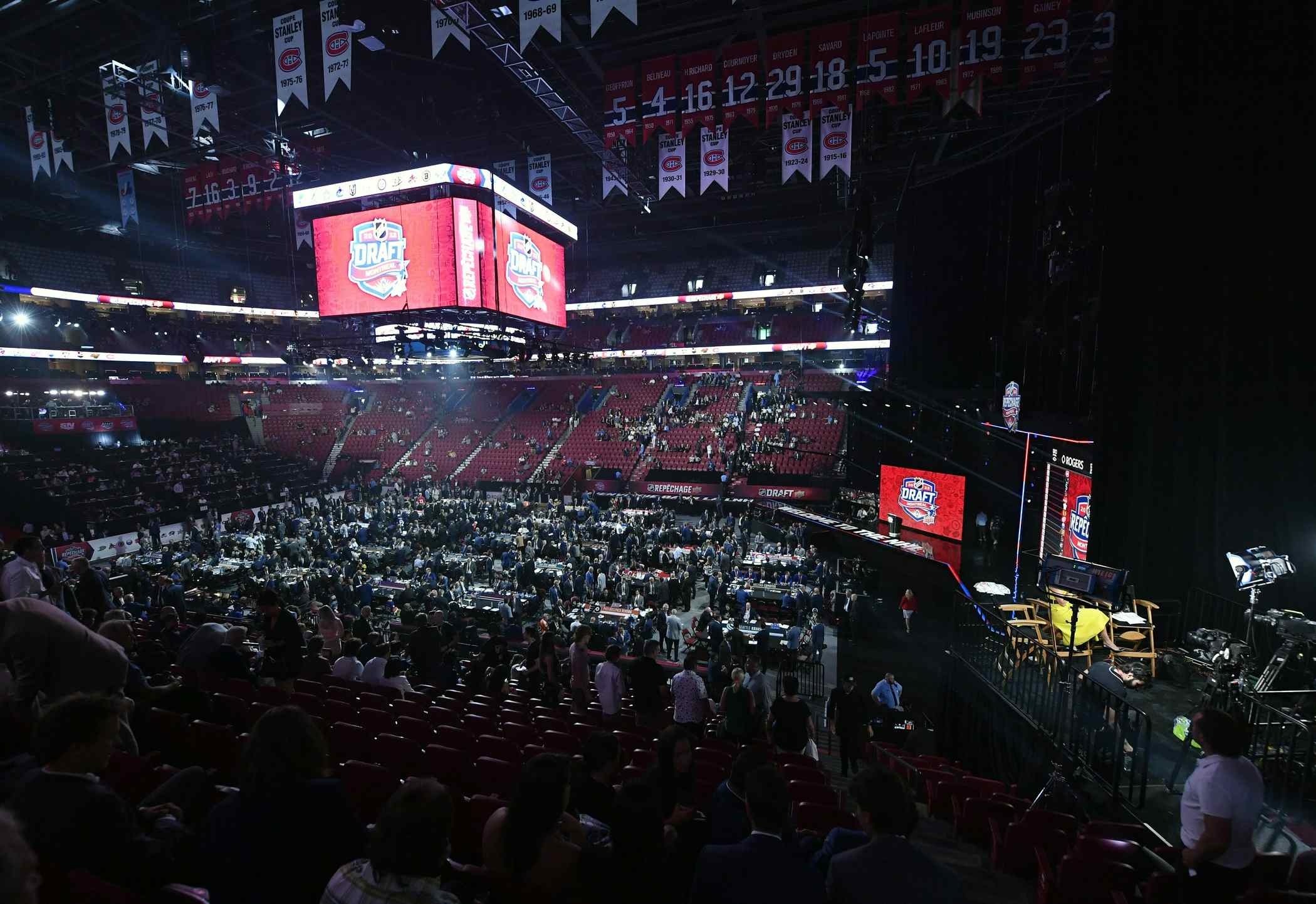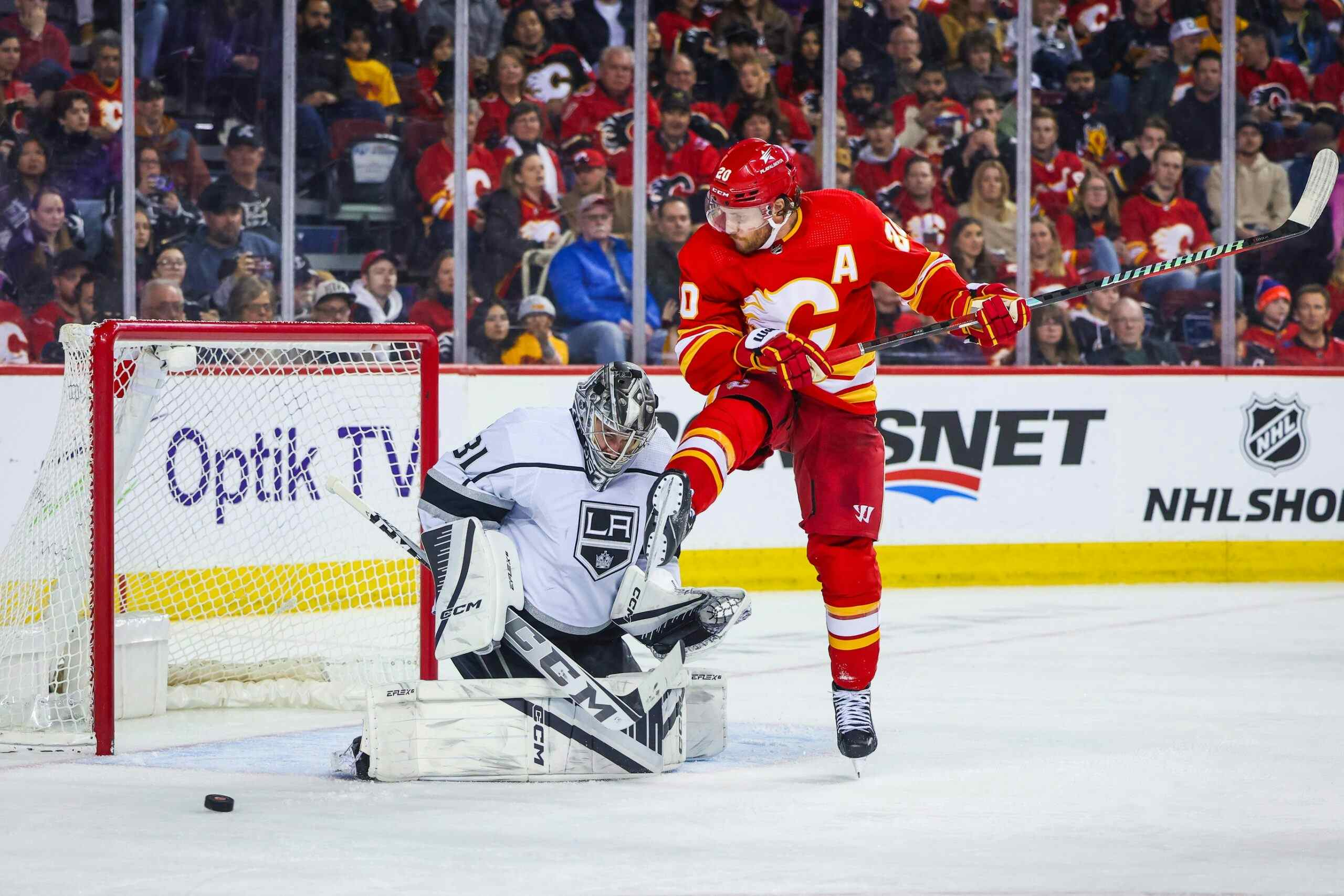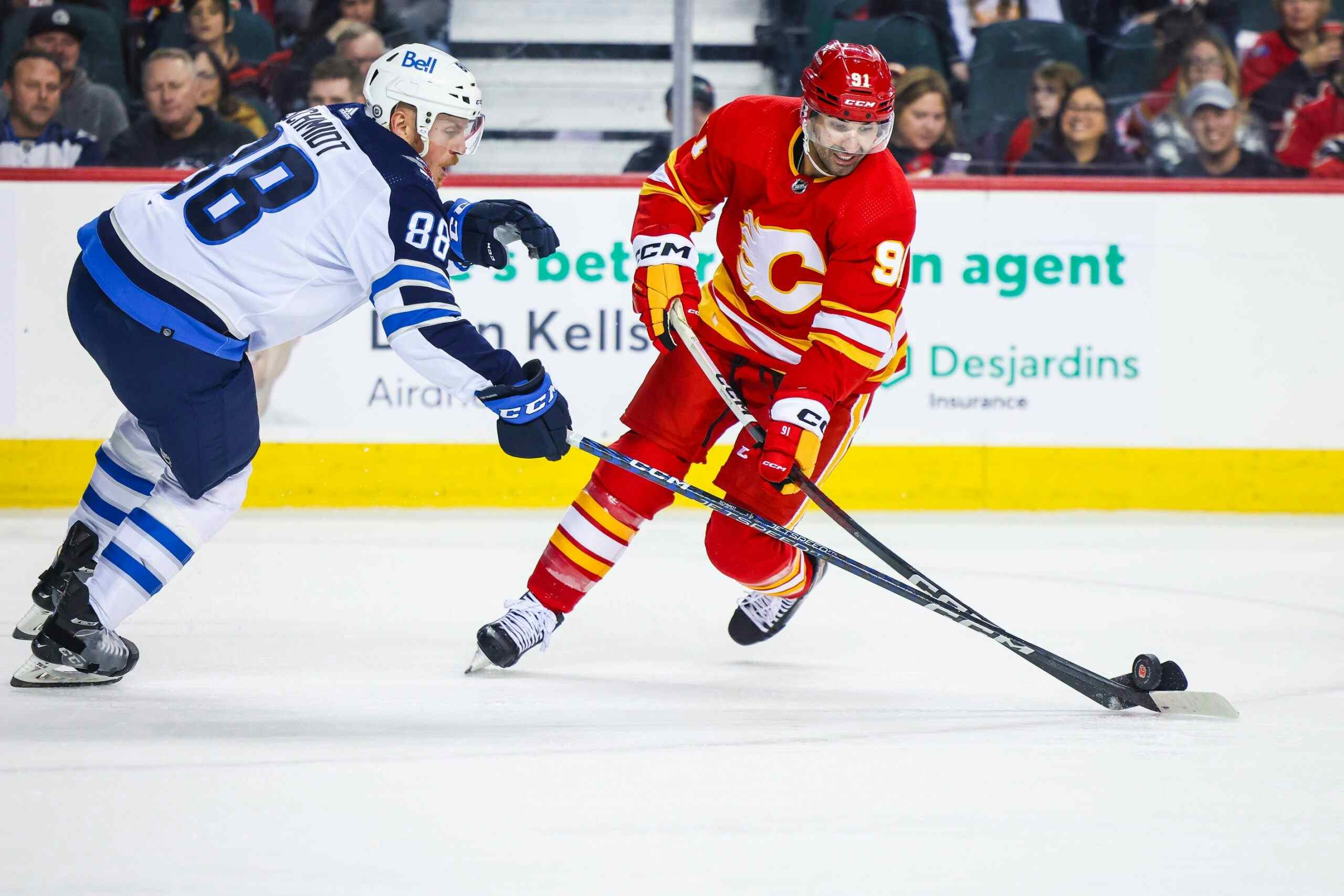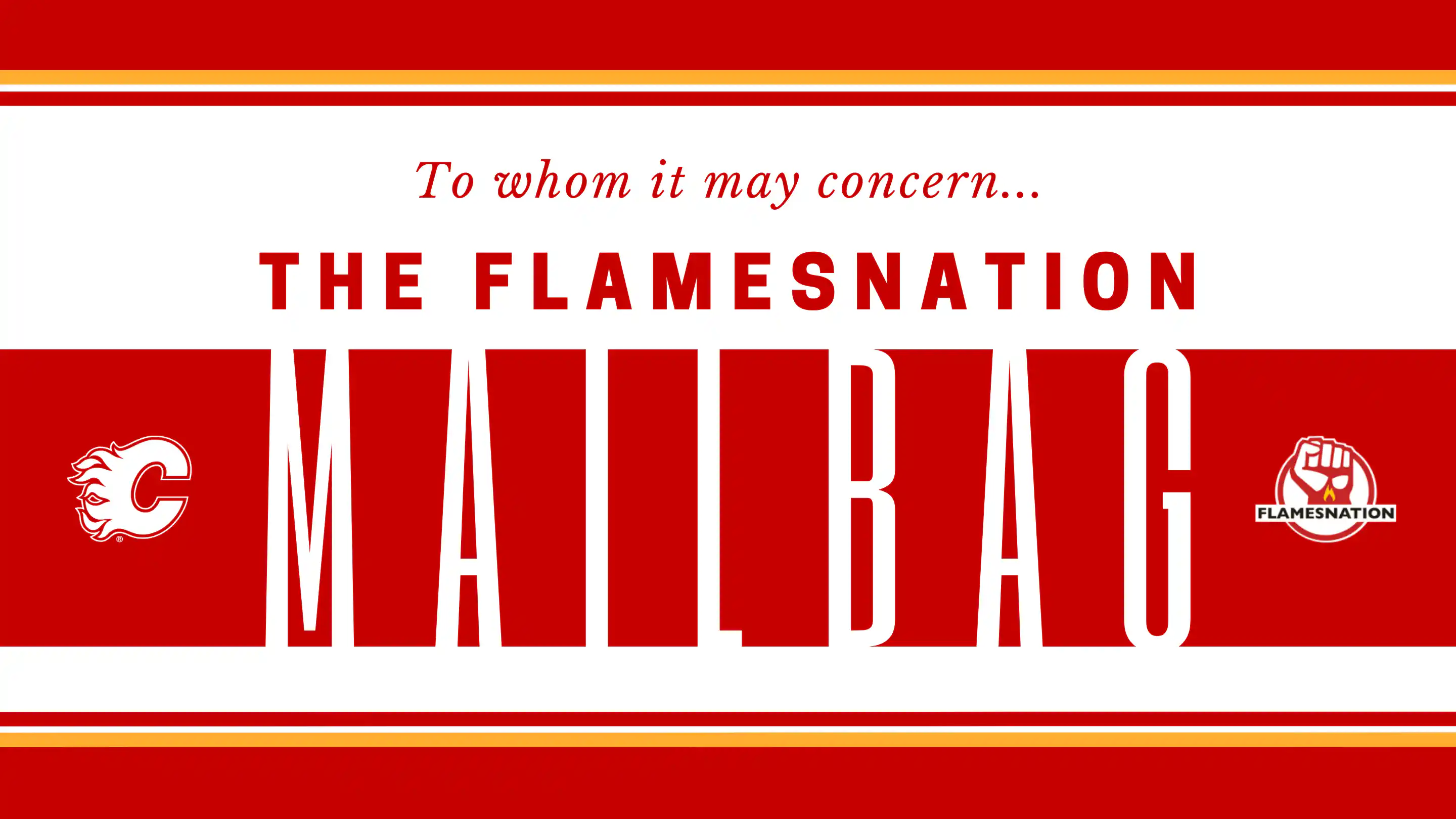CBA School: Article 15 – Training Camp

By Ryan Pike
4 years agoTraining camp is incredibly important for teams and players, as it sets the tone for the coming season in a lot of huge ways. As you can imagine, it gets its own spot within the CBA.
Time to check out Article 15: Training Camp.
Camp duration
Per Section 15.3, camp length is dependent on a player’s seniority. It’s 20 days for any player who qualified for 50 or more games of pension plan credits in the prior season, and 27 days for everybody else.
Now, what the heck does “pension plan credits” mean? The pension plan is discussed in Sections 21.13 and 21.14. Basically, you join the plan when you play your first NHL game. Starting with that game, you get a pension plan credit for any game where you’re on the active roster, injured reserve, injured non-roster or non-roster.
Exhibition games
Per Section 15.4, teams have to schedule between six and eight exhibition games per training camp.
For each exhibition game, teams have to dress at least eight “veteran players”. But thankfully the definition of veteran is broad:
- A skater who played 30+ NHL games in the prior season
- A goalie who either dressed for 50+ NHL games or who played 30+ NHL games in the prior season
- A first round pick from the most recent draft
- Any player who has played 100+ NHL career games
Pre-season injuries
Per Section 15.6, any player that’s injured in training camp or reports to camp with a hockey-related injury – and qualified in the prior season for 50+ games of pension plan credit or is on a one-way contract – receives their NHL salary until they get medical clearance. (This applied to Juuso Valimaki in the 2019-20 season.)
(If not, there’s a blended formula weighing the NHL and minor league salaries depending on the proportion of time they spent on the NHL roster in the prior season.)
Get a place, kid!
Based on Section 15.7(a), a player is allowed to get a place (e.g., rent an apartment or buy a house) before camp opens if they’ve been with an NHL team for 160 games and they’ve been with the same team for 40 games.
If not, the so-called “28/56 day rule” from Section 13.12 applies. Basically, the 28/56 day rule says that the NHL club has 28 days to decide if they want to keep a player up (and inform them of such so they can get a permanent place). If after 28 days they haven’t decided the player will remain in a hotel, but if the player is still up after 56 days they can just go get a place without consulting the team. The 28/56 day applies from either the first day of the regular season or whenever the player reports to the NHL team, whichever comes later.
Conditioning camp
Per Section 15.10, teams can hold a conditioning camp in June or July only. The camp can only last a week.
The only players that can be involved are: unsigned draft choices, entry-level contract players with fewer than 120 NHL games played (and who played less than 70 NHL games in the prior season), draft-related UFAs, players that are still draft eligible but weren’t selected, and injured players who request to participate. (It’s worth noting that not every eligible player does get invited to the camps, as the Flames have tried to keep the camps smaller and focused in recent years.)
Recent articles from Ryan Pike





